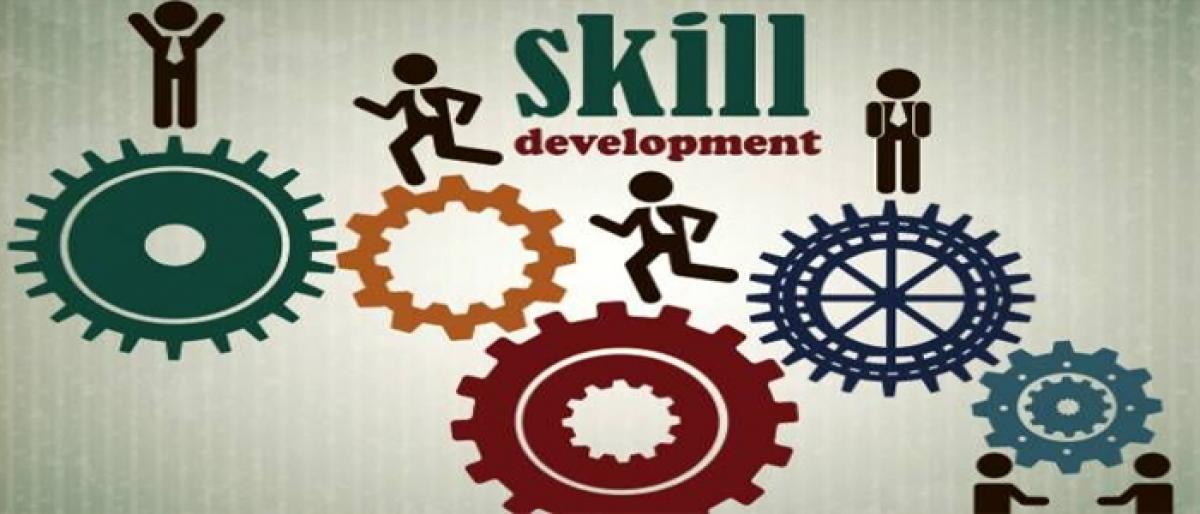India needs a world-class higher education system

India has the thirdlargest higher education system in the world In 2016, there were 799 universities and 39,071 colleges spread across the country These numbers are staggering The growth of higher education in India over a little more than half a century has been even more staggering
India has the third-largest higher education system in the world. In 2016, there were 799 universities and 39,071 colleges spread across the country. These numbers are staggering. The growth of higher education in India over a little more than half a century has been even more staggering.
Between 1950 and 2014, the number of universities in India increased by 34 times. And, between 1950 and 2013, colleges increased by 74 times.
This quantitative explosion in higher education institutions has not been matched by the quality of the education they provide. In fact, the gap between quantity and quality is so large that it stands as one of the major obstacles in the way of India being a world leader. To become such a leader, India needs to develop a world class higher education system.
Two years ago, the Narendra Modi administration attempted to put some focus on quality in higher education with its introduction of draft regulations for a new initiative called the "UGC (Declaration of Government Educational Institutions as World Class Institutions) Guidelines, 2016." By 2018, when the first six institutions were named under this initiative, they were designated as "Institutions of Eminence" as opposed to "world class institutions".
Although the label has been changed, the intent remains the same. That is to give considerable discretion to and elevate the status of these institutions. This is not necessarily a bad thing. But, it will do little to address the underlying problems of higher education in India.
This is true because the focus is completely wrong. These universities are the tip of the higher educational iceberg. Enhancing the capacity of a few institutions, thus possibly enabling them to be rated a little higher in the world rankings of higher education institutions, does nothing for the many. That's not to say that India does not need world class institutions of higher education. It is to say that more, importantly India, needs a world class higher education system.
A world class higher education system is one that is student- or customer-centred rather than institution-centred. It comprises certified and caring institutions that have the resources required and the core mission of ensuring that students/customers acquire the knowledge/skills/abilities and dispositions that they need to achieve their individual goals and to maximise their contribution to society.
India's current system has been almost exactly the opposite of that. The emphasis has been primarily on a select group of institutions and individuals rather than embracing and addressing the needs of the whole.
- Frank F Islam














